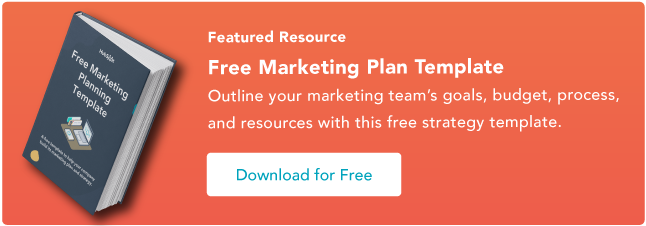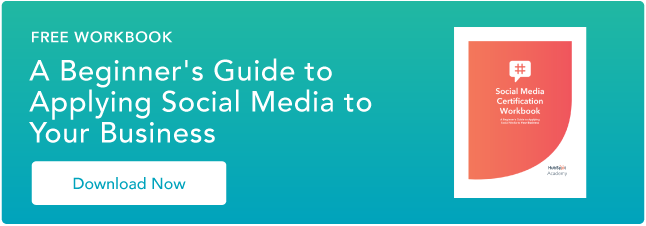When I need stock photos, I get them for free on Unsplash. Yet, for some reason, many other publishers continue to push out cheap (and usually cheesy) stock photography to serve as a representation of their brand.
The truth is high-quality stock photos don’t have to come hand-in-hand with a hassle or high price tag.
To prove it, we’ve compiled a list of awesome resources for free, high-quality stock images for websites, blogs, and similar online properties.
From enviable office spaces to stunning scenery, we‘re certain you’ll find exactly what you’re looking for with the help of this roundup.
Best Free Stock Photo Websites for Royalty-Free Images
1. Negative Space
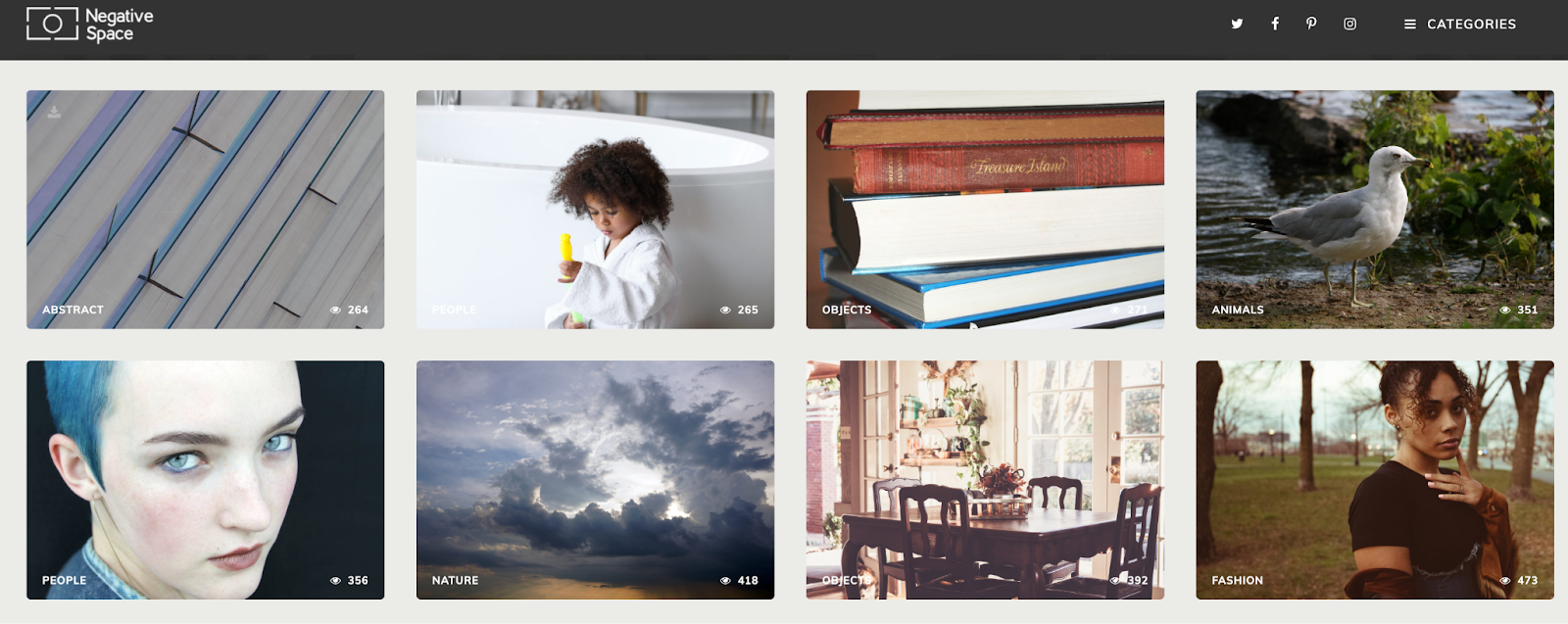
Negative Space offers up new free stock photos every week. All of its photos are shared without copyright restrictions, meaning you’re free to use them however you please.
From architecture to technology, Negative Space‘s continuously growing collection of images is one you’ll find yourself tapping into again and again.
Core Features
- New images added every week
- There are no copyright restrictions
What we like: I found that the website is incredibly easy to navigate. It was also easy to filter through the gallery of photos — which are sortable by category, copy space position, and color.
Click here to view the full license details.
2. Freepik

Freepik strives to be the go-to destination for free stock images, vector designs, and PSD files, providing a vast collection of high-quality and professionally verified images and graphic design assets for any web design, blog, or marketing project.
Built around a highly creative community, Freepik provides a solid foundation for professional and aspiring photographers to upload their work, making money per download in return.
Premium members will gain full access to premium content and a higher download cap per day without the need for any attribution.
Core Features
- Stock images, vectors, and PSD files
- Professionally verified images
- Highly active community
What we like: With an in-your-face style display, I found that the webpage was easy to navigate. Bolstering hundreds of stock images, you’re bound to find something amazing.
Search optimization gives you an easy ride when finding the most specific images for your project.
Click here to view the full license details.
3. Vecteezy
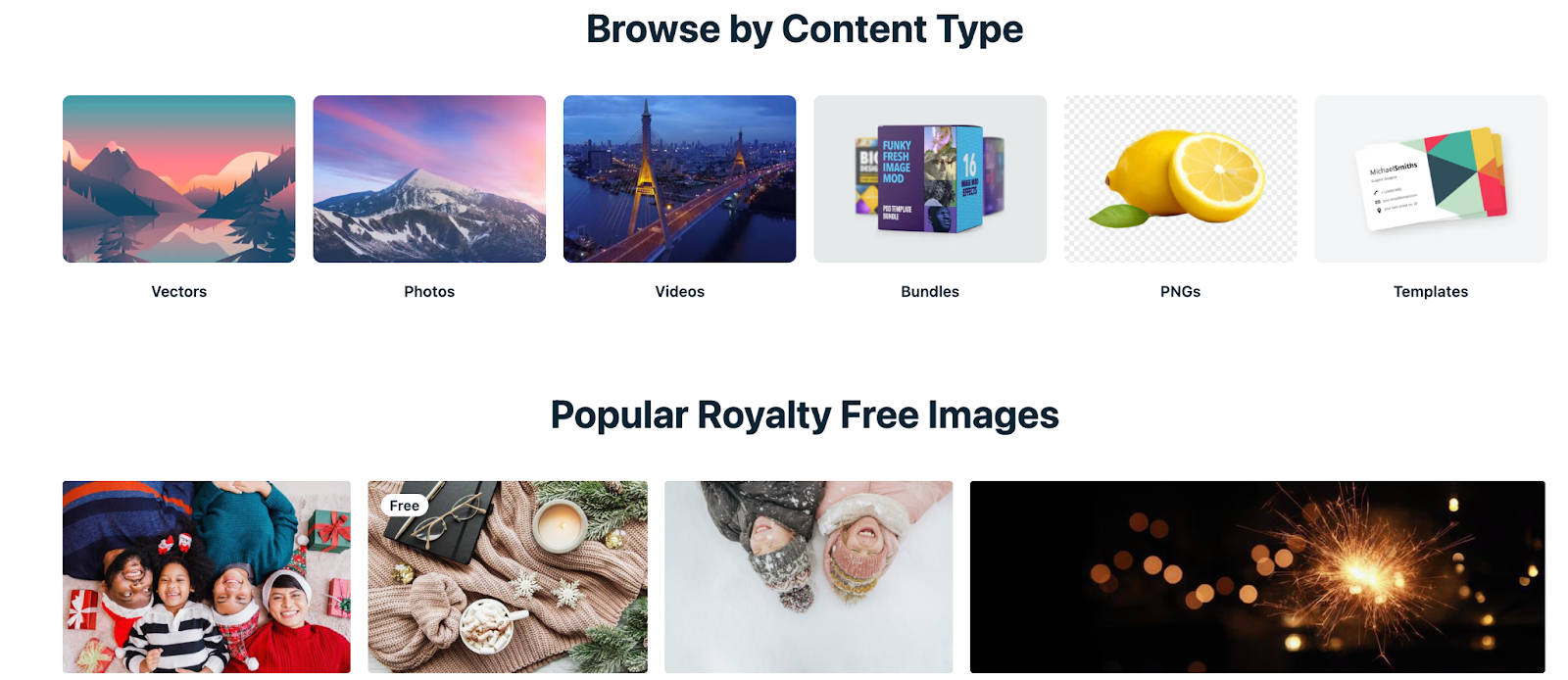
Vecteezy is a U.S.-based online marketplace that provides access to over 30M free and premium stock photos, vector graphics, and video footage.
Vecteezy is a category leader in freemium imagery, and its mission is to simplify the creative process by providing safe, legal creative assets to everyone. The company is also one of the fastest-growing stock photo marketplaces, according to TrustPilot and G2.
They also offer an extensive library of free PNG, SVG, and PSD files along with fully customizable templates via their Template Editor.
The browser-based design tool can customize business cards, resumes, social media designs, posters, flyers, and many other designs in just a few clicks.
Basic features are free but include ads and limitations. Pro subscribers get advanced licensing and a more comprehensive content selection and tools.
Core Features
- 30 million free stock images
- Extensive library of PNG, SVG, and PSD files
- Multiple subscription options
What we like: This website is a delight to navigate. An easy-to-use interface displays all the available categories for stock images as well as complete information for vectors and video footage.
Click here to view the full license details.
4. Death to Stock
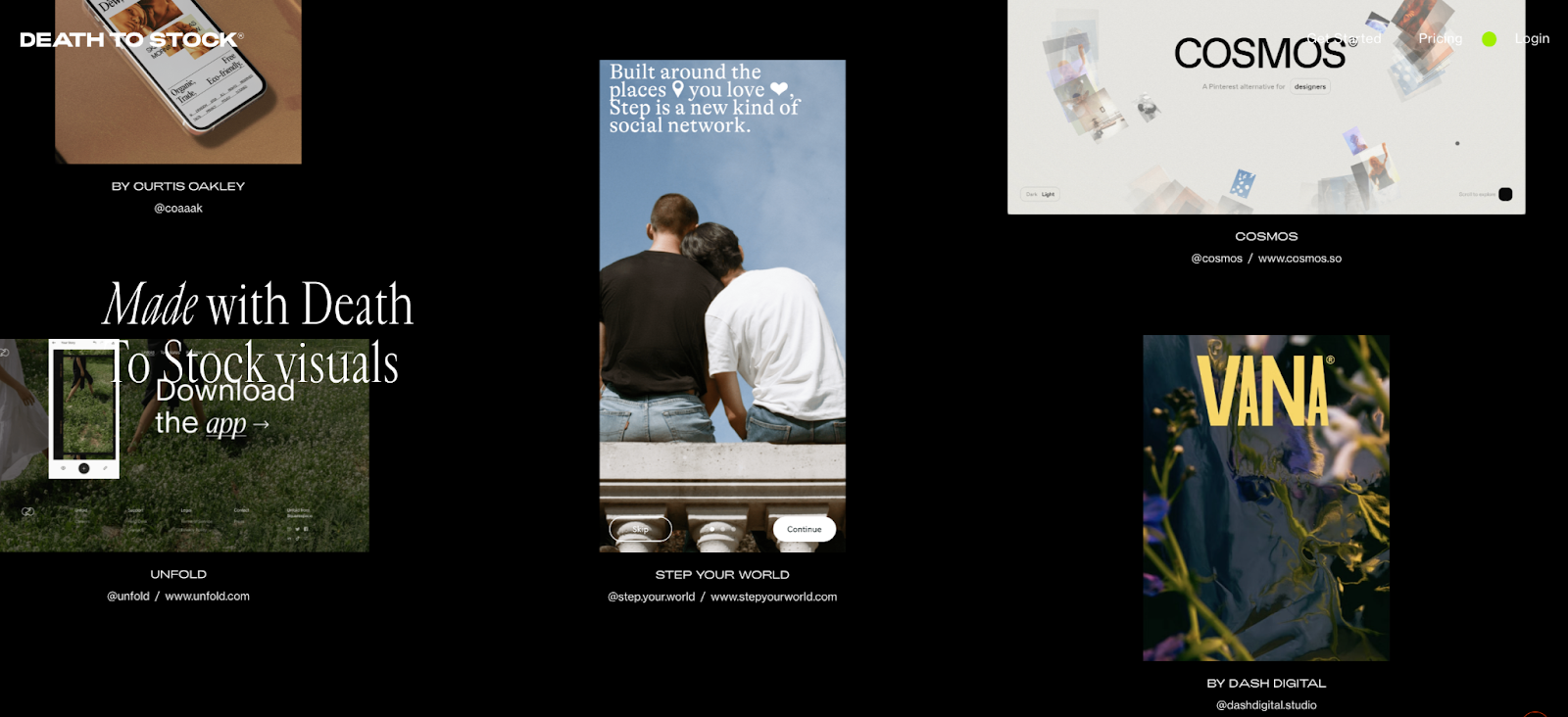
When founders and photographers Allie and David noticed how challenging it was for businesses, bloggers, and creatives to find free high-quality images that fit their “vibe and tribe,” they stepped in.
As a result, Death to Stock was born. Simply submit your email and enjoy a new batch of photos delivered to your inbox every month.
If you have an extra budget, Death to Stock also offers a Premium membership for $15 a month or $180 a year.
The cool part about the paid membership is that a percentage of the profit is used to fund photography trips and other creative projects to keep the resource moving forward.
Core Features
- Easy to navigate
- Custom tailored for the bloggers and creatives
- New photos delivered to your inbox monthly
What we like: With multiple options for membership and stock images delivered directly to your inbox, what’s not to love? I found the overall process to be rather enjoyable.
It’s easy to find the perfect image that makes a statement for your brand.
Click here to view the full license details.
5. HubSpot

When we noticed a shortage of high-quality free stock photos available to marketers and creatives, we decided to whip up some of our own.
We’re a bit biased (since many of our own employees appear in these photos), but we think these images can help you spruce up your site or marketing materials.
Core Features
- Hundreds of stock photos
- Variety of categories and style options
- Free to download
What we like: I would recommend checking the HubSpot stock archives. With dozens of options to choose from, you are sure to find something amazing.
Check out the following collections to get your fix:
6. Picjumbo

Need free images for your next website design or blog post? Look no further than Picjumbo. With new photos added daily, there is a wide selection of high-quality images to fit a variety of topics.
The photographer, Vicktor, also offers unique paid packages for bloggers, designers, and agencies (starting at $10/month).
Core Features
- Perfect for website design or blog
- Photos added daily
- Unique paid packages offering bonus content
What we like: PicJumbo seems to tick off all the boxes for us. I found the comprehensive list of categories easy to navigate. Crystal-clear images and digital photos can improve your next blog post or jazz up your next memo.
Click here to view the full license details.
7. CreateHER Stock
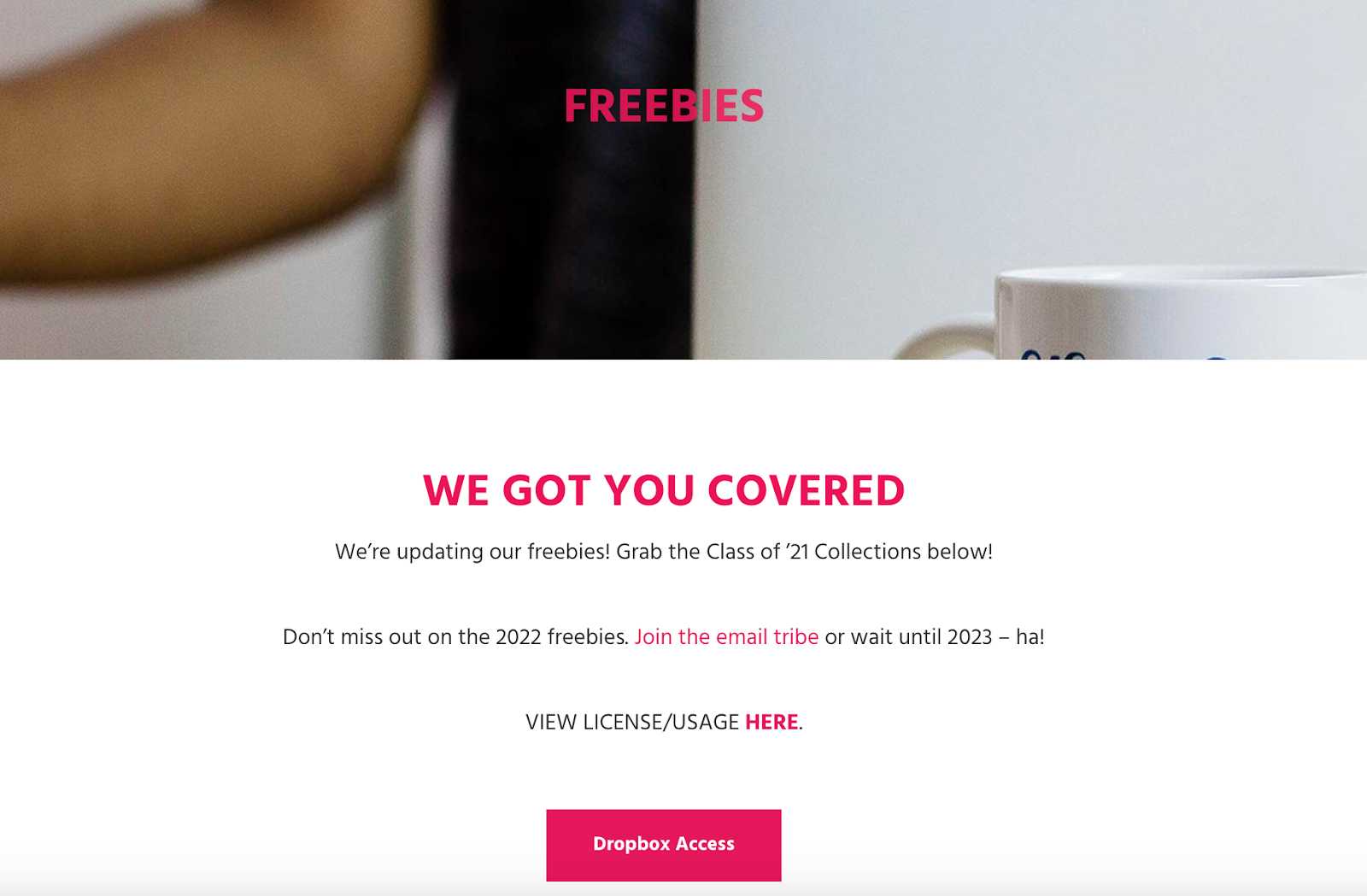
CreateHER Stock is a stock photography site that features authentic images of Black women created by founder Neosha Gardner. Priced at $10 per month, there is a collection of “freebies” that includes more than 185 images.
Keep in mind that CreateHER Stock is not intended for commercial use without an extended license.
Core Features
- Paid subscriptions but still offers “freebies”
- Commercial use is available but not created with so in mind
- Affordable pricing model
What we like: This option is an excellent source for authentic images. I found the collection of freebies available to view both beautiful and inspiring. At a mere 10 dollars a month, we recommend giving CreateHER a look.
Click here to view the full license details.
8. Kaboompics

Karolina, a web designer from Poland, is the creative eye behind this awesome resource for high-quality photos. From fashion to food to landscapes, her images cover a variety of different scenarios.
And users have the freedom to use them for anything they’d like — commercial or not.
While there are no formal attribution requirements, Karolina does ask that you include photo credit with a link back to the site when possible.
This request will help her grow the website and, in turn, provide even more awesome photos for everyone to use.
Core Features
- Commercial or noncommercial application
- Wide variety of options
- Perfect for websites or social media pages
What we like: A true depiction of humble beginnings, Karolina built this with love, and it shows. From the moment you land on the Kaboompics home page to navigating the collections of images, there seems to be something for everyone.
Click here to view the full license details.
9. Startup Stock Photos

“Take ’em, these things are free. Go. Make something.”
While the name is specific to startups, there are plenty of professional options to use, no matter what industry you’re operating within. Opening the homepage is enough proof of that.
All the images are tiled immediately for you to view, a simplistic design that fits the needs of almost any industry.
Core Features
- Great for startups
- Offers many options for commercial application
- Simple design with ease of use
What we like: I enjoy the in-your-face interface. A simple header and search bar adorn the top of the page, as the rest is filled with featured images that are available. Very easy to use and fun to explore.
Click here to view the full license details.
10. Moose

Moose is a stock photos library with images created by the Icons8 team. It features images of hundreds of different categories, including people, animals, nature, technology, and more.
All these images can be used for free for a link back to Moose. To use them with no attribution, you should get a paid subscription.
Core Features
- Free images with links back to Moose
- Hundreds of categories to choose from
- Free and paid subscriptions
What we like: Whether you go for the paid subscription or take the free images with the photo credit, you’re bound to find something good from moose.
I was pleasantly surprised by the sheer amount of images available upon arriving on the home page.
11. Freerange
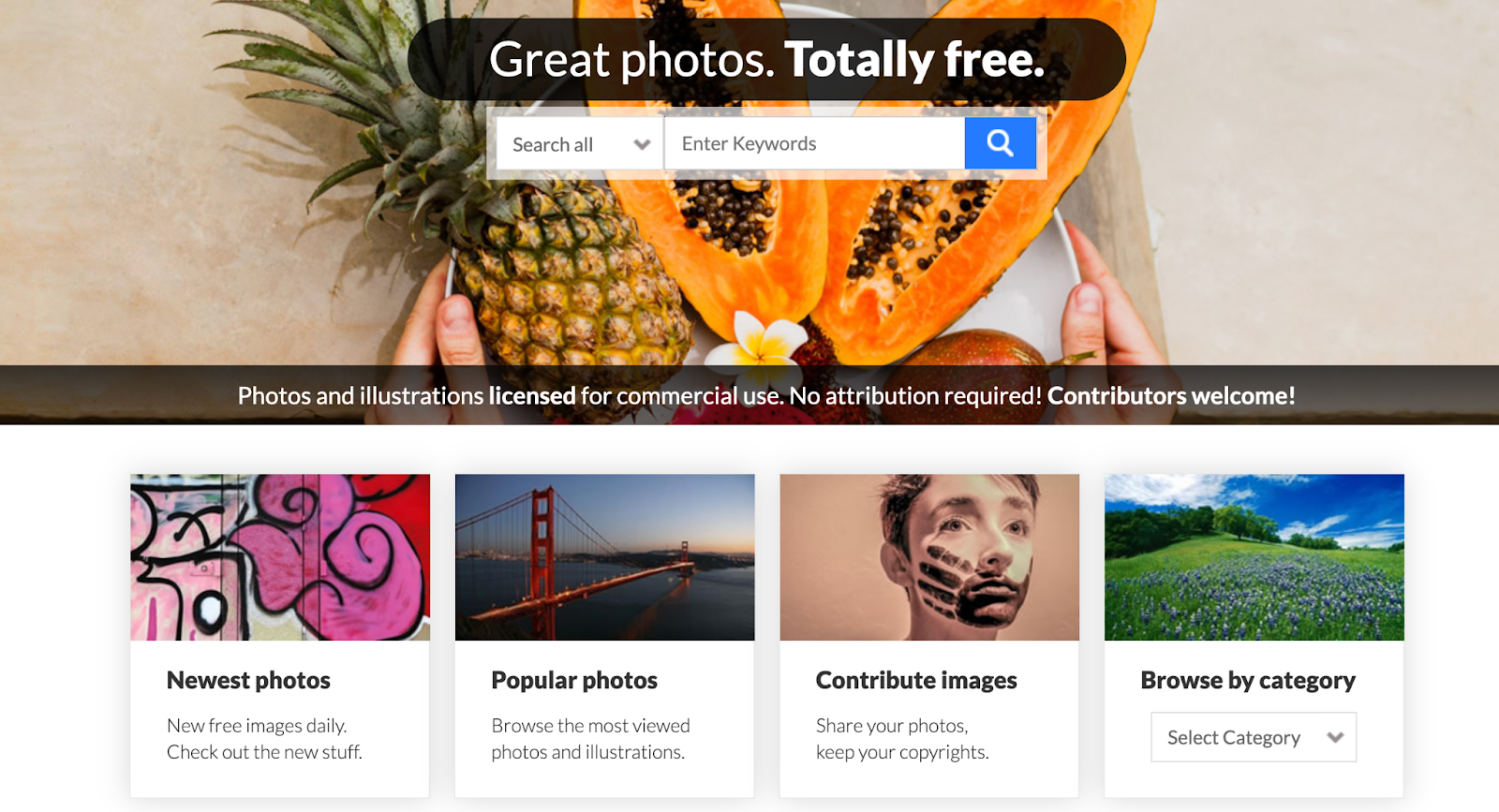
All of the photos on the Freerange website come from a pool of both in-house photographers and a growing community of external contributors.
Not only is there a lot to choose from, but the photos are high quality, too. “Images provided directly (in-house) by Freerange Stock originate one of two ways.
They are either digitally photographed on Canon DSLR cameras, or they are a high resolution (4000 dpi) Nikon scan of an original 35mm slide,” according to the site.
Core Features
- High-quality HD images
- Growing community of contributors
- Camera-specific photo specs
What we like: We found the high-definition images beautiful and packed full of inspiration for future projects. You can see the work and energy poured into each image.
Click here to view the full license details.
12. LibreShot
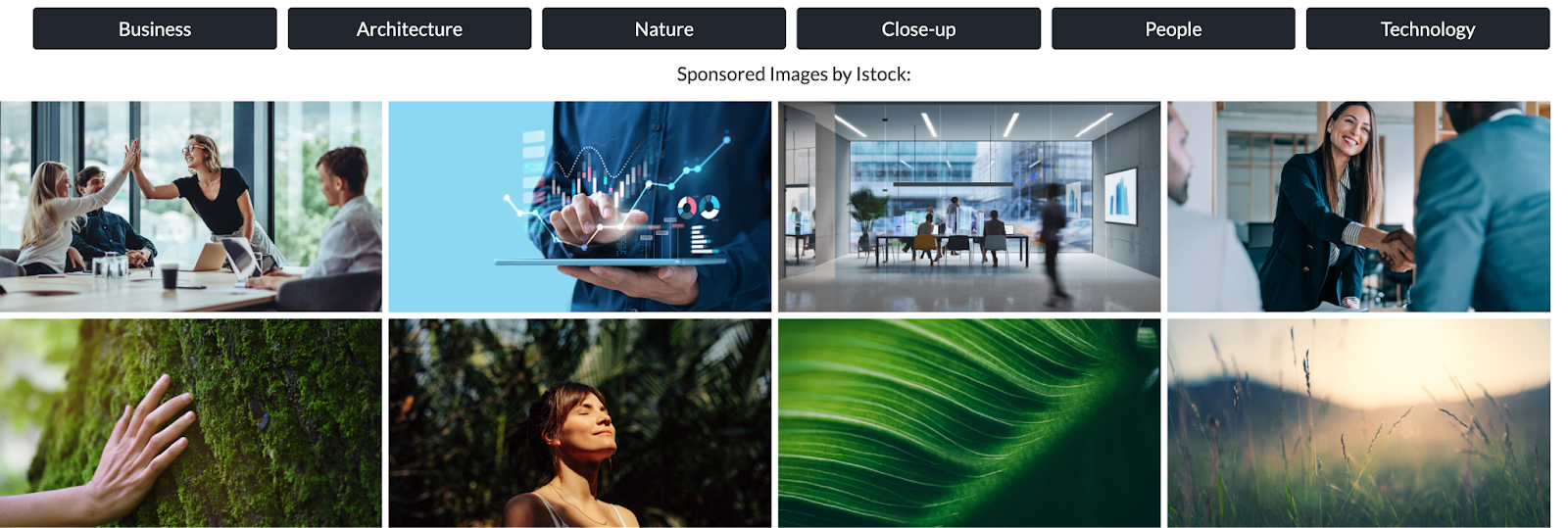
Photographer and SEO Consultant Martin Vorel is the creative force behind the stunning photos available on this site.
From crisp architectural shots to vibrant florals, Vorel‘s collection of photos contains some of the most unique selections we’ve come across.
Core Features
- Unique and stunning photos
- Geared toward commercial application
- Simplistic and easy to use
What we like: I can’t say anything more appropriate than “accessible.” Upon arriving on the home page, you are greeted with a pleasant message stating the images are free to use for personal and commercial use.
Click here to view the full license details.
13. nappy
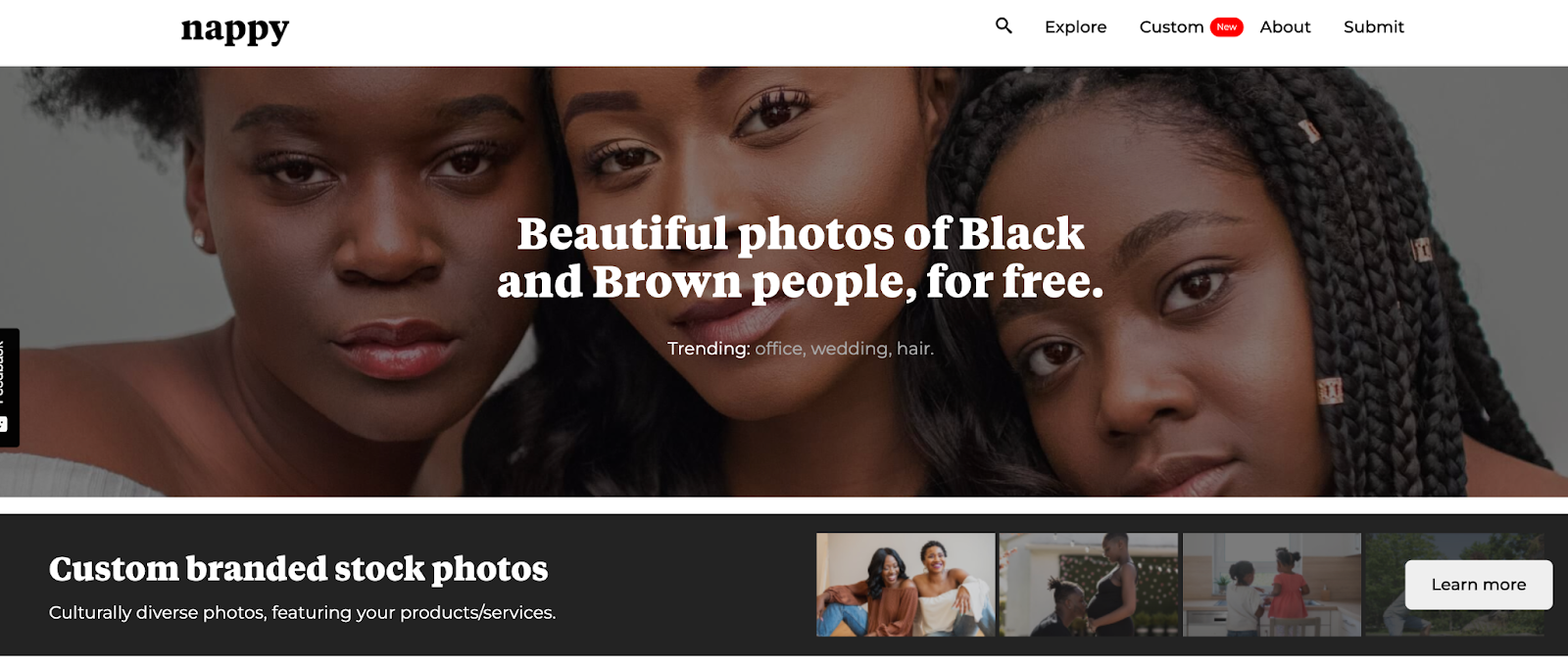
nappy is a free stock photo site on a mission to “provide beautiful, high-res photos of black and brown people to startups, brands, agencies, and everyone else.”
On their site, the team talks about how many stock photo sites depict unrealistic representations. There’s often a lack of diversity in the people depicted.
This presents a real problem for creators who are intentional about representation in articles, designs, and ads.
nappy calls on their audience to “tackle diversity and representation one photo at a time.” Best of all, their library is completely free.
Core Features
- Expansive free library
- Tackles diversity and represents a positive message
What we like: I found the real-world images extremely refreshing and informative. On top of that, the site boasts an extensive library representing diverse people.
Click here to view the full license details.
14. Fancy Crave
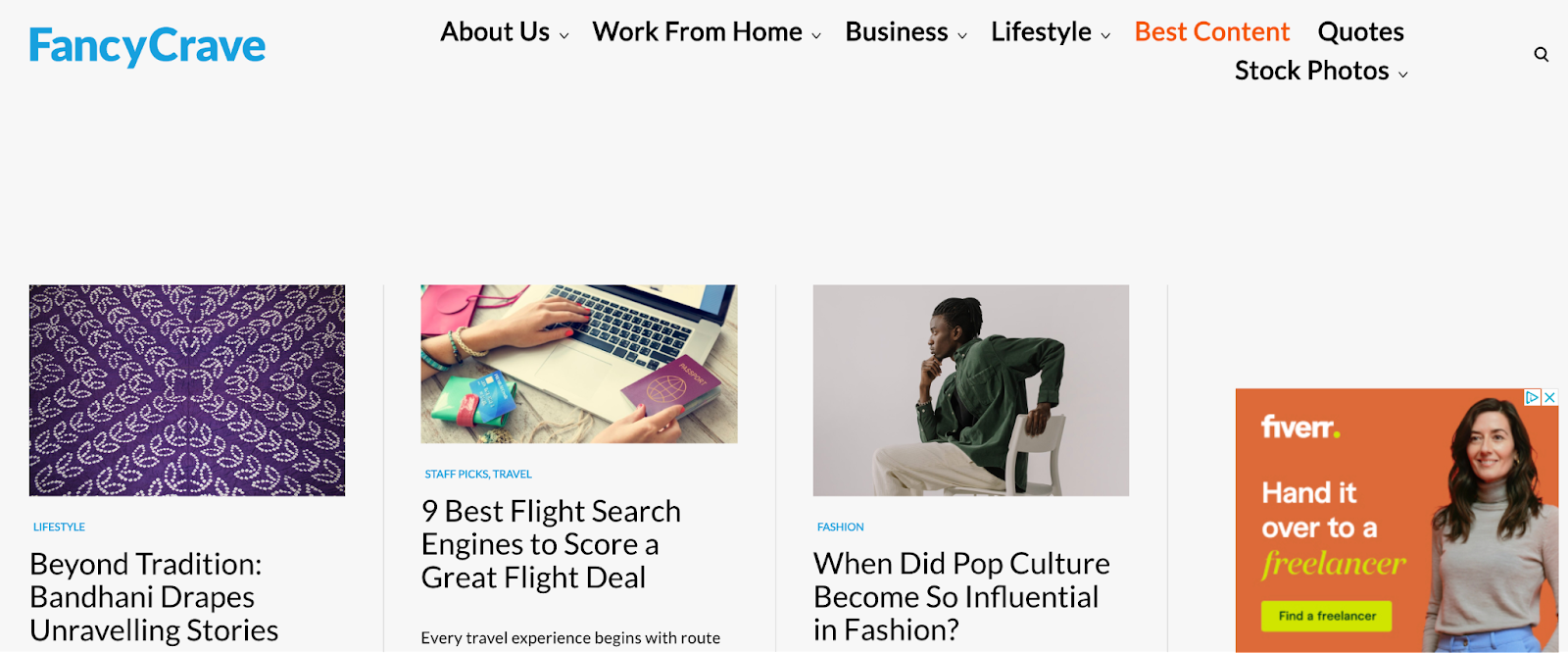
Not only are the photos on Fancy Crave free of copyright restrictions, but they’re also pretty remarkable. All the photographer asks is that you never advertise the photographs as your own and provide attribution when and if you can.
With two new photos uploaded daily to keep things feeling fresh, this is a bookmark-worthy resource for great photos if we’ve ever seen one.
Core Features
- High quality without copyright restrictions
- Offers articles and tips for using stock images
- Daily uploads
What we like: They offer all kinds of tips and tricks for editing and using your photos. Dozens of copyright-free images are at your disposal with the informative power to really use them.
Click here to view the full license details.
15. Unsplash
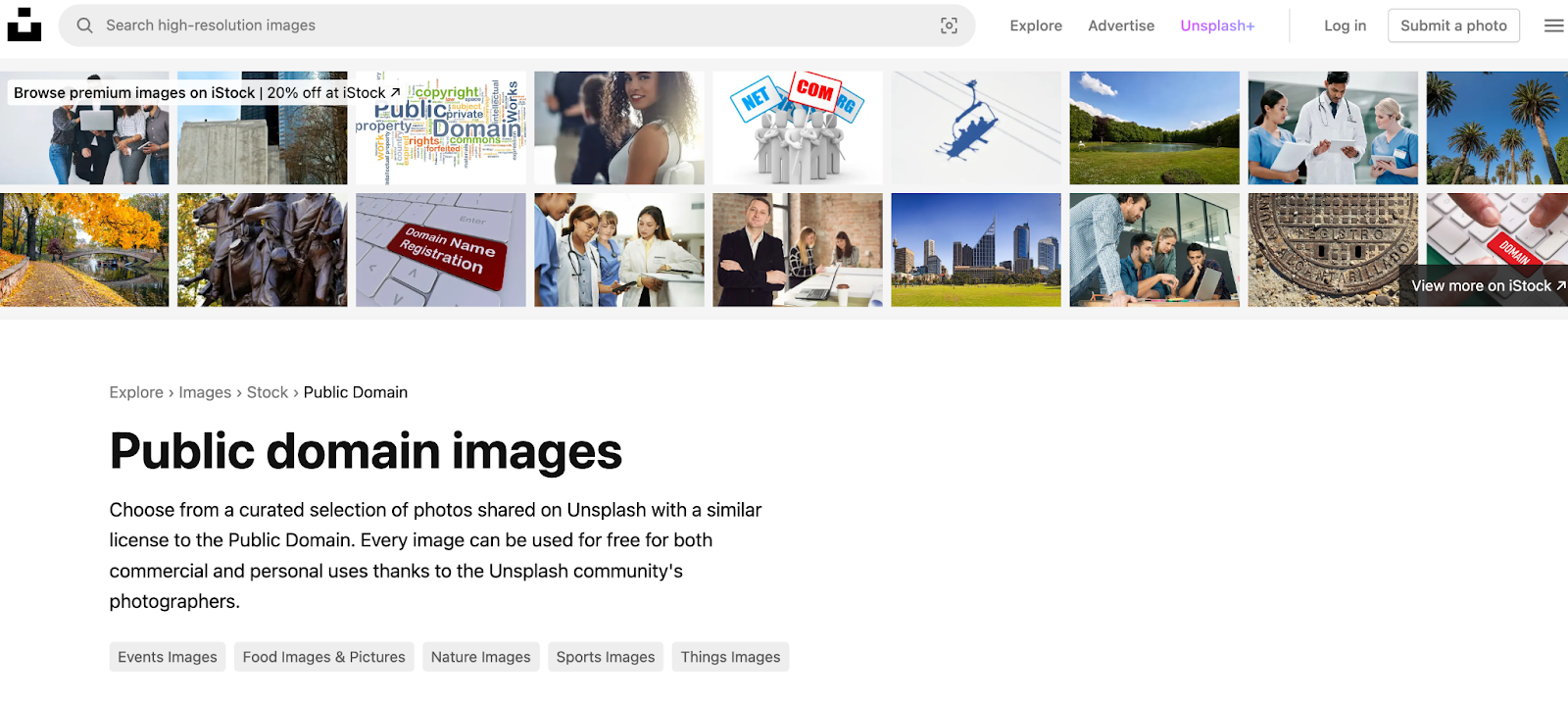
Unsplash serves up 10 new “do whatever you want” photos every 10 days. What we love most about this resource is the uniqueness of the photos.
With pages upon pages to choose from, you won’t run into any cheesy, “smiling Boss Shaking Hands With Male Employee” shots.
Not to mention, every photo published on Unsplash is licensed under Creative Commons Zero, which provides users with the freedom to copy, modify, distribute, and use all of the photos without attribution.
Core Features
- Free to modify, copy, and distribute
- Plenty of options with a focus on corporate culture
- Simple design for maximum results
What we like: I was happy to see all the text-based information, educating users on how to clean up and edit the images.
Click here to view the full license details.
16. StockSnap.io

StockSnap.io proudly claims that it‘s “not your typical crappy stock photo site.” We couldn’t agree more. After landing on the home page, this message becomes apparent. Everything is laid out very neatly.
Images are clean and high-quality, lending to the slogan StockSnap leans into.
In fact, its selection is so interesting and versatile that it’s almost too easy to “fall down the rabbit hole” and come to fifty-something scrolls later.
Core Features
- Versatile and easy-to-use collections
- Bright, vibrant images ranging from holiday to commercial
What we like: Simplistic design goes a long way, and StockSnap has gotten it right. With hundreds of free images at your fingertips, you can spend hours sifting through the extensive library they boast.
Click here to view the full license details.
17. The Jopwell Collections

Jopwell is a career advancement platform for people of color, helping brands recruit and retain diverse candidates. Their slogan is “representation matters.”
As part of that commitment, they’ve created a collection of stock photos that feature people of color in the workplace.
The images are free to use as long as there’s a visible attribution to Jopwell.
Core Features
- Empowering diversified career advancement platform
- Geared towards commercial and branding applications
- Professional quality images
What We Like: Aimed at a more commercial application, I was surprised to see how professional in demeanor all the images presented by Jopwell are.
From office culture photos to informative images highlighting a professional atmosphere, Jopwell has really leaned into the commercial aspect of stock imagery.
Click here to view the full license details.
18. SplitShire
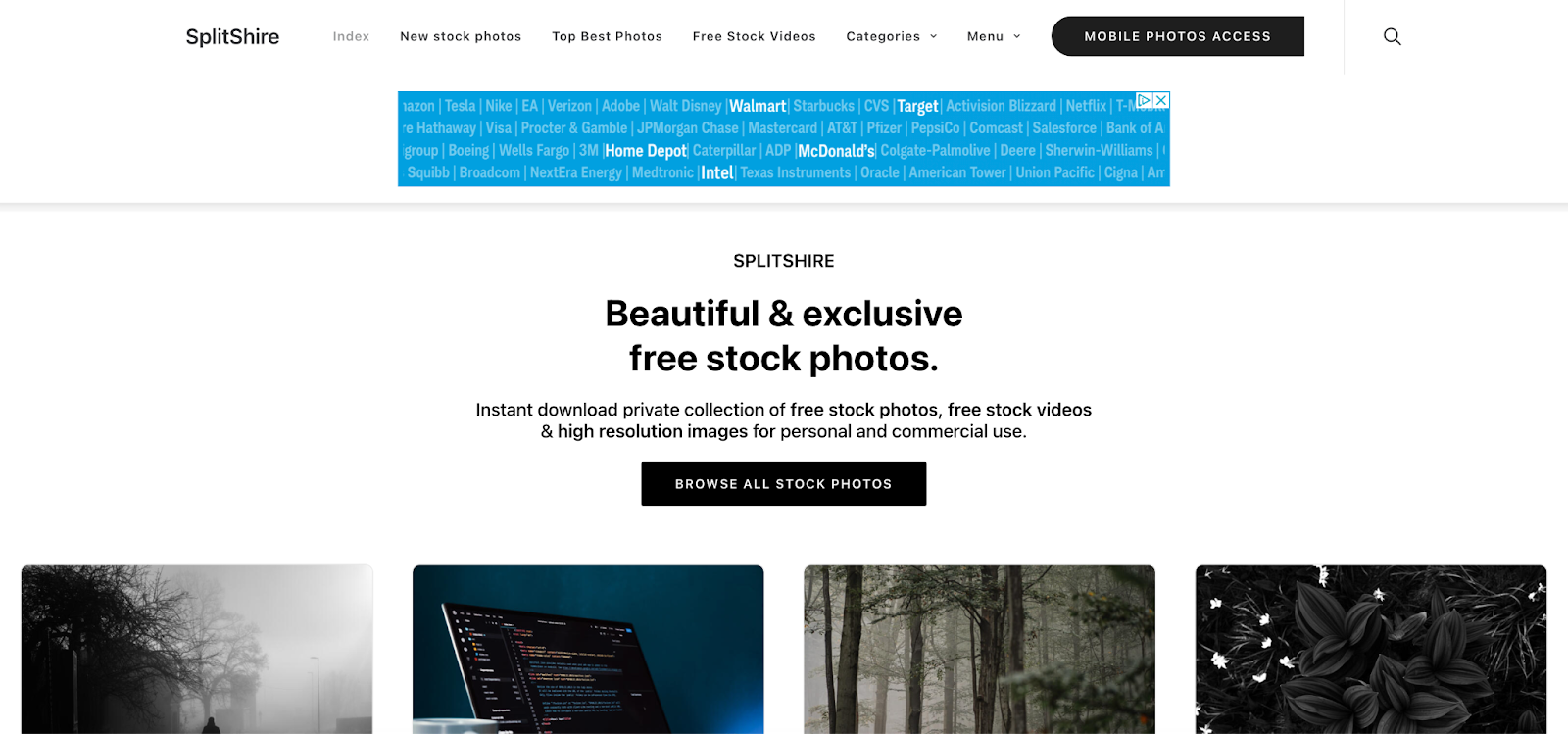
SplitShire offers awesome free photos for you to use without commercial restrictions. Powered by Italian photographer Daniel Nanescu, all of the images available on the website are “made with love” — and it shows.
From stunning portraits to sleek workstations, we‘ve got a feeling you won’t have any trouble finding the perfect photo for your next project or blog post.
Core Features
- Free to use photos without restriction
- High-quality images
- Instant download
What we like: No commercial restrictions and a variety that’s truly notable have us in awe. Splitshire wastes no time showing off what it has.
As I arrived on the homepage, I was greeted by beautiful images ranging from landscapes to high-detail images of vehicles.
Click here to view the full license details.
19. Life of Pix

Brought to you by Leeroy Advertising Agency in Montreal (and its network of talented photographers), Life of Pix is home to some awesome high-resolution photos.
All of the images are donated to the public domain. They are available for personal and commercial use.
As if that wasn’t enough, Life of Pix also has a counterpart, Life of Vids. According to its website, Life of Vids serves up free footage videos, clips, and loops weekly.
Like the images, the video content contains no copyright restrictions and can be easily downloaded on its Vimeo account.
Core Features
- Weekly submissions
- Talented network of photographers adding professional quality images
- Public domain
What we like: I found the use of realism to be invigorating. Starting with a more antique-style shot really showcases the skills of the individuals donating their work for public use.
With more of a real-life feel to the photos, Life of Pix is sure to provide an excellent experience.
Click here to view the full license details.
20. Pexels

These photos are carefully handpicked from a variety of free Image Sources to ensure that you’re getting only the best of the best.
All of the photos that make the cut are under the Creative Commons Zero license, meaning that they are free for personal and commercial use with no attribution required.
And thanks to its search functionality, turning up the right photo for your next project is super easy.
Core Features
- Stunning royalty-free images
- Free for personal and commercial use
- Simplistic web design, allowing for easy navigation
What we like: This is a great spot for creators to share their work and promote themselves by offering select free images.
Click here to view the full license details.
21. Gratisography

With new photos added weekly, Gratisography is another awesome website serving up high-resolution photos covered under the Creative Commons Zero license.
All of the photos were taken by Ryan McGuire, a “whimsically creative visual artist based in Ithaca, NY.”
And while these photos are a bit more quirky (we’re talking everything from monster feet slippers to Vespas to bananas), they are entirely usable for the right project.
Core Features
- Vibrant, expansive catalog
- Stylized, high-quality imagery
- “Whimsical” and fun to navigate web design
What we like: Vibrant, Whimsical, Pink! These are just a few words I would use to explain Gratisography. Showcasing a variety of vibrant and stylized images, we feel like they have definitely earned a spot on this list.
Click here to view the full license details.
22. Jay Mantri

Designer Jay Mantri has built up an impressive gallery of professional, quality images just for you and me … and everyone else.
If I had to describe Mantri‘s photos in one word, it’d be “scenic.” But don’t just take my word for it. Go see for yourself.
Core Features
- Large gallery featuring a number of landscapes
- Public domain
- Diverse options to choose from in terms of style, filter, and more
What we like: The tagline “Make Magic” that is displayed front and center as you arrive on the homepage for Jay Mantri truly speaks to us. These images showcase a deeper, more detailed version of our world.
Click here to view the full license details.
23. ISO Republic

ISO‘s Republic’s mission is to “provide high-quality images to be used by designers, developers, bloggers, marketers, and social media teams.”
And all it takes is one quick scan of the website to know that it is succeeding in doing just that. (So much so that it’s hard to believe the images are free.)
For those looking for access to more exclusive free photos, ISO Republic invites you to sign up for its email list and receive photos right to your inbox.
Core Features
- Large database lending to plenty of options for all applications
- High-quality images geared toward designers and developers
- Convenient and easy-to-use interface
What we like: Showcasing beautiful images based in realism and personal connection, ISO really takes the cake for personalized experiences. With so many options to choose from, there is bound to be some inspiration lurking around the corner.
Click here to view the full license details.
24. PICNOI

PICNOI is a free stock photo site “for a colorful world.” The photos feature people of color, and all of the images are free as long as you provide attribution (though you can choose to make a donation to support their mission).
Core Features
- Diverse, stylized photos feature people of color
- Free database of hundreds of options to choose from
- Paid subscriptions available
What we like: Diverse would be an understatement here. PICNOI features beautiful, colorful, high-def images.
Click here to view the full license details.
25. New Old Stock
Who can resist a good black-and-white photo?
This collection of vintage photos comes from the public archive via Flickr Commons. According to the website, the photos are free of any known copyright restrictions.
That said, while it‘s likely that they are safe to use for things like blog posts and hero images, you’ll want to read up on the rights and usage below before you use them for any type of commercial project.
Core Features
- Specialized “antiqued” photo gallery
- Vintage options dating as far back as the late 1800s
- Free of copyright restrictions
What we like: Taking a quick 180 from the other options listed, New Old Stock showcases antique public photos pulled from archives and cleaned up.
From images showcasing architecture to old industrial scenes, if you need more of an antiquity feel, you’re in the right place.
Click here to view the full license details.
26. Pixabay

Pixabay serves as a repository for a ton of quality photos that were released into the public domain under Creative Commons CC0.
The site is clean and intuitive, making it easy to navigate your way through the 780K+ free photos, vectors, and illustrations.
The main search bar even allows you to filter your query down by factors like media type, orientation, color, and minimum dimensions.
Core Features
- Clean and easy to navigate
- Offers various media options, including video and music
What we like: I was thrilled to see not only stock photos and videos but stock music and sounds as well.
Click here to view the full license details.
The perfect image can solidify your design, article, ad, or other creative. Whatever your need, there are many resources for free stock photos out there.
Editor’s note: This post was originally published in November 2018 and has been updated for comprehensiveness.
![]()



![Download Now: Free State of Marketing Report [Updated for 2023]](https://i4lead.com/wp-content/uploads/2024/01/b0f73a5e-16e4-41fd-9511-8564efc560a7-2.png)
![Download Now: Free State of Marketing Report [Updated for 2023]](https://i4lead.com/wp-content/uploads/2024/01/b0f73a5e-16e4-41fd-9511-8564efc560a7-1.png)




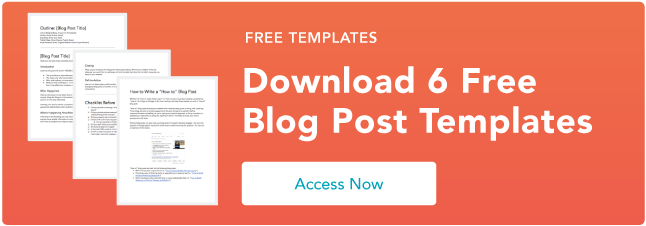


![Download Now: Free State of Marketing Report [Updated for 2023]](https://i4lead.com/wp-content/uploads/2024/01/b0f73a5e-16e4-41fd-9511-8564efc560a7.png)



![Download Now: Free Marketing Plan Template [Get Your Copy]](https://i4lead.com/wp-content/uploads/2024/01/aacfe6c7-71e6-4f49-979f-76099062afa0-1.png)
